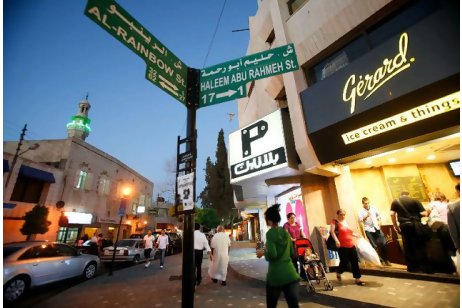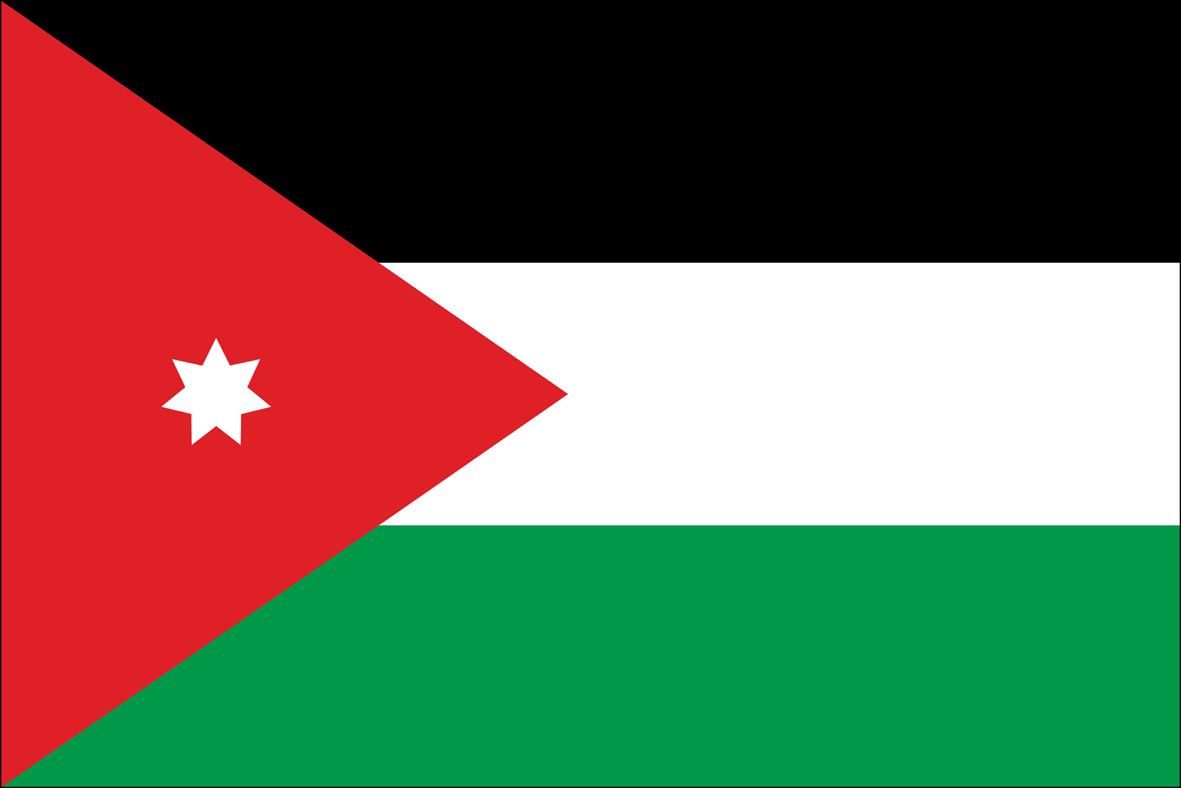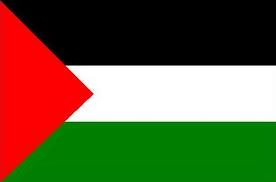JORDAN // AMMAN
DOWNTOWN
 |
Although you shouldn�t leave Amman without having spent at least some time in Downtown, the cramped valleys between towering hills shelter comparatively few obvious sights. Rather, Downtown is the spiritual and physical heart of the city and is unmissable for its streetlife. This is the district that most strongly resembles the stereotype of a Middle Eastern city � loud with traffic and voices, Arabic music blaring from shopfronts, people selling clothes, coffee, cigarettes or trinkets on the street. The handful of Roman ruins that survive here have been irreverently incorporated into the everyday bustle of the city: the banked seating of the huge Roman Theatre is frequently dotted with small groups of locals seeking refuge from the traffic noise. |
|
The Roman theatre
The Roman theatre, dominating the heart of Downtown, was the centrepiece of Roman Philadelphia, and also the initial focus for Amman�s modern settlement late in the nineteenth century. As you approach from Hashmi Street, a long Corinthian colonnade and some original Roman paving are the only physical remains of Philadelphia�s forum, the marketplace which filled the gap between the theatre and the street (this whole area was under redevelopment at the time of writing; it�s hard to tell how the plans will turn out). Cut into a depression in the hillside, the Roman Theatre itself is impressively huge, and the view, as well as the ability to eavesdrop on conversations between ant-like people on the stage below, definitely repays the steep climb to the top. The structure was built between 169 and 177 AD, during the reign of Emperor Marcus Aurelius, for an audience of almost six thousand, and is still occasionally filled today for concerts. Above the seating is a small, empty shrine with niches; the dedication isn�t known, although part of a statue of Athena was discovered during clearance work.
|
KING TALAL STREET AND SAQF AS SAYL
Opposite the Husseini Mosque, the building on the corner where King Talal Street begins formerly held Amman�s best-loved coffee house, the grand old Arab League Caf� � a stalwart here for over fifty years, with its fine balcony overlooking the bustle below. In 2002, after a wrangle between the building�s owners (one wanted to keep it as it was; the other wanted to rebuild), the caf� was gutted � to the horror of seemingly everyone in the city bar the owners themselves. The site has now been redeveloped. The area around the Husseini Mosque remains the heart of Amman�s souks. To the east lies a warren of alleys known as Souk Sukkar, where stalls sell everything from dates and spices to soap and mops. Souk Sukkar translates as �Sugar Market� � though some say the area was actually named after 1950s entrepreneur Samir Sukkar, who built the first shops. To the west of the mosque, the main street funnelling traffic out of Downtown is King Talal Street, lined with stores selling ordinary household goods, fabric and bric-a-brac. A little way down on the left, hidden behind a row of shopfronts, is the city�s main fruit and vegetable market.
|
|
THE JORDAN MUSEUM
Southwest of the Husseini Mosque, King Talal Street and Saqf As Sayl meet at a large traffic intersection. To the south rises the hill of Ashrafiyyeh, while dead ahead (west), in the valley of the Sayl Amman, is an area known as Ras Al Ain (�Source of the Spring�). Here, just past an open colonnaded plaza known as Sahat Al Nakheel (�Palm Square�) featuring a public fountain at its centre, stands the large, new Jordan Museum, due to have opened by the time you read this (though the project has been running years late, so it�s hard to be sure). This sleek building houses the national archeological collection, as well as exhibits on Jordan�s history and the story of the Hashemite royal family; the exact layout, though, had not been finalized as this book went to press. Expect halls to be designed thematically, with interactive displays and a strong educational angle. Partnerships established with global institutions including the Louvre are likely to ensure world-class exhibitions.
|
RENOVATING DOWNTOWN
Since 2007 the government and municipality have been engaged on extensive rebuilding and renovation work throughout the Downtown area. The Ras Al Ain district, at the western end of Talal Street, has been transformed by the construction of City Hall, the Al Hussein Cultural Centre and the Jordan Museum, all three buildings designed in an airy, contemporary style by leading Jordanian architect Jafar Touqan. The intention is to bring affluent West Ammanis into a Downtown neighbourhood they might otherwise never visit: the regeneration of what was formerly a traffic island of dusty wasteground in a low-income neighbourhood is one of Amman�s recent success stories. Then in 2009 and 2010 the access and presentation of the archeological remains atop Jabal Al Qal�a were revamped, centred on a new visitor centre � though people living within low-income communities on the lower slopes of the same hill were left out of the scheme, raising hackles citywide. Next in line is the area around the Roman Theatre, newly dubbed �Wadi Amman�, which was under reconstruction at the time of writing. As well as new public squares and � perhaps � gardens, plans may involve new hotels, shops, transport links and other facilities in place by the time you visit.
|






